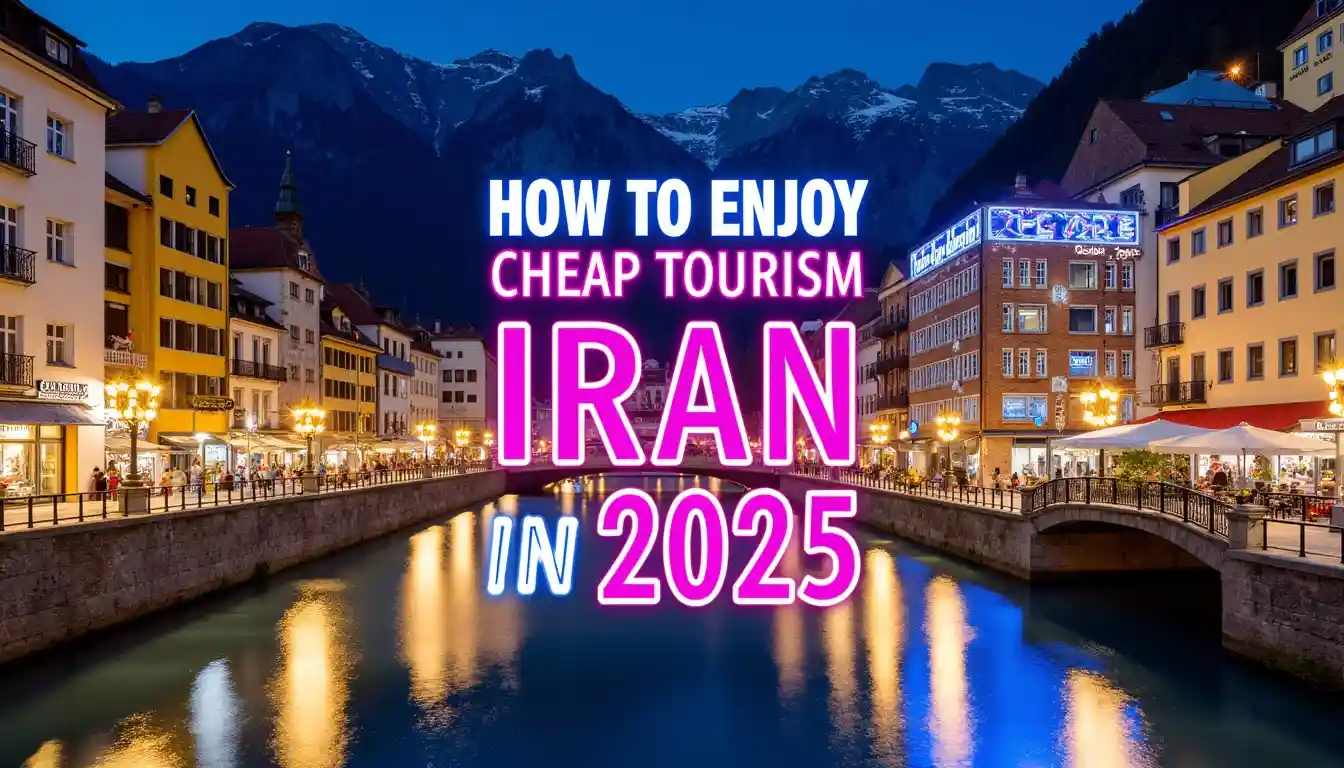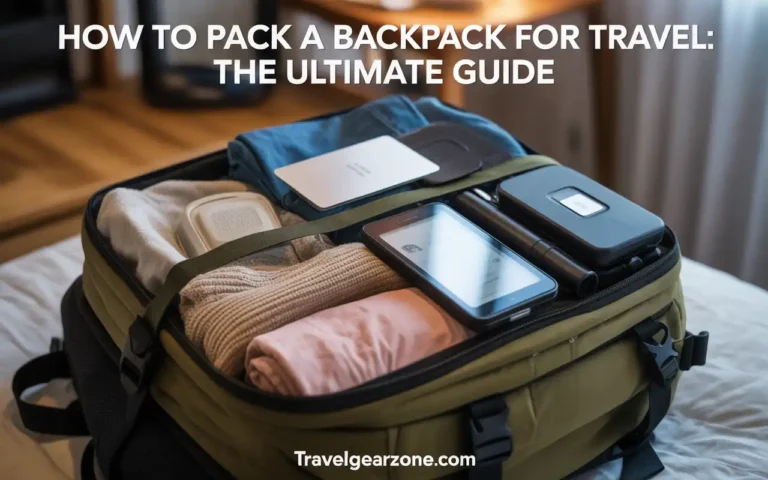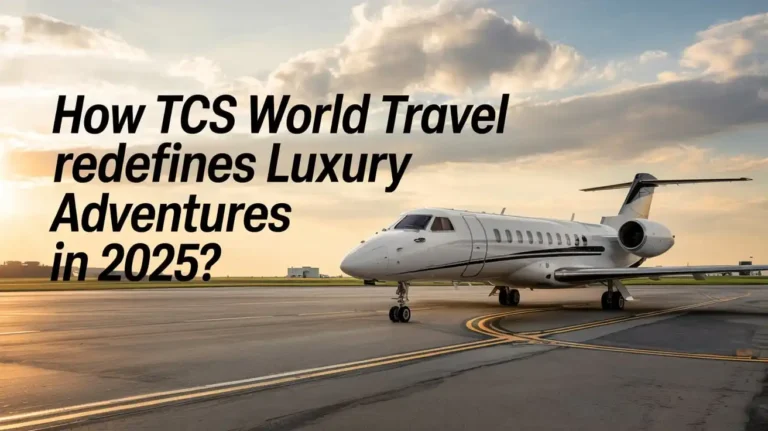How to Enjoy Cheap Tourism in Iran in 2025?
Let’s just start with this: Iran might be one of the cheapest countries you can visit in 2025. Especially if you’re into history, culture, and… well, food.
But it’s more than that. It’s not just a budget destination. It’s layered. Unexpected. At times confusing. And honestly? That’s part of the charm when it comes to Cheap Tourism in Iran.
The Real Cost of Traveling in Iran
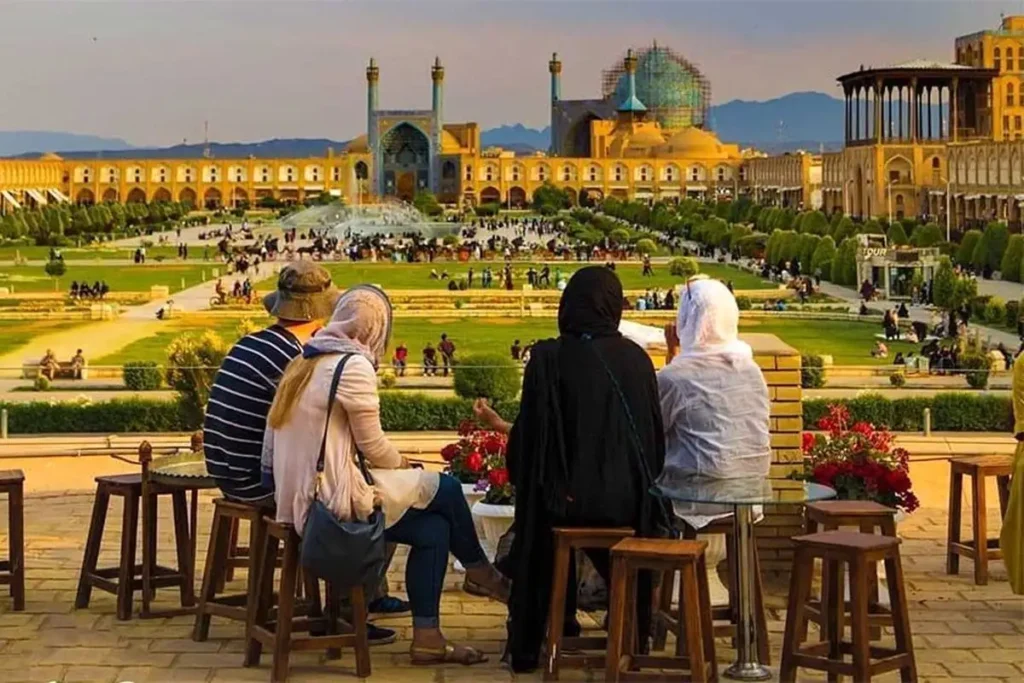
You can travel across Iran for less than you might spend in a single weekend in some Western cities. Seriously. The exchange rates work in your favor if you’re carrying foreign currencies.
Although, bring cash. Iran doesn’t accept international credit cards. You’ll need to exchange money once you arrive—plenty of exchange centers in major cities like Tehran, Isfahan, and Shiraz.
Accommodation costs? Incredibly reasonable. You’ll find a wide range of accommodation options, from traditional houses turned guesthouses to modern hotels with all the expected amenities. Aghazadeh Boutique Hotel in Yazd, for instance, blends traditional Persian architecture with comfort. Prices vary, of course, but cheaper accommodations can start at under $15 a night.
Cheap Tourism in Iran: Transportation on a Budget
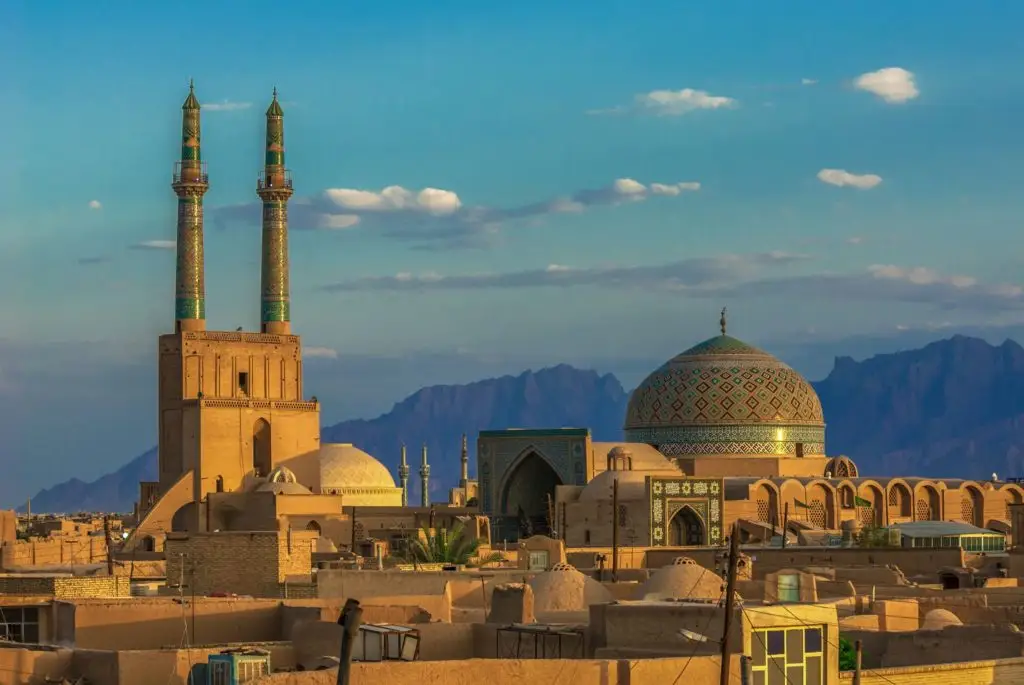
Iran has a surprisingly reliable network of public transportation. Intercity buses are cheap, comfortable, and punctual. The 23-hour train from Tehran to Bandar Abbas? A bit long, sure, but for slow travel lovers, it’s kind of an experience.
Domestic flights are another option if you’re trying to save time without blowing your whole budget. Major providers often offer affordable rates, especially if you book in advance. But for the truly adventurous, hopping between Persian cities using buses or trains is part of the journey.
And within cities? Metro systems (like in Tehran), shared taxis, or even private transportation through local apps get you where you need to go without much fuss. Still, public transportation gives you a better glimpse into traditional life.
Budget-Friendly Places to Stay
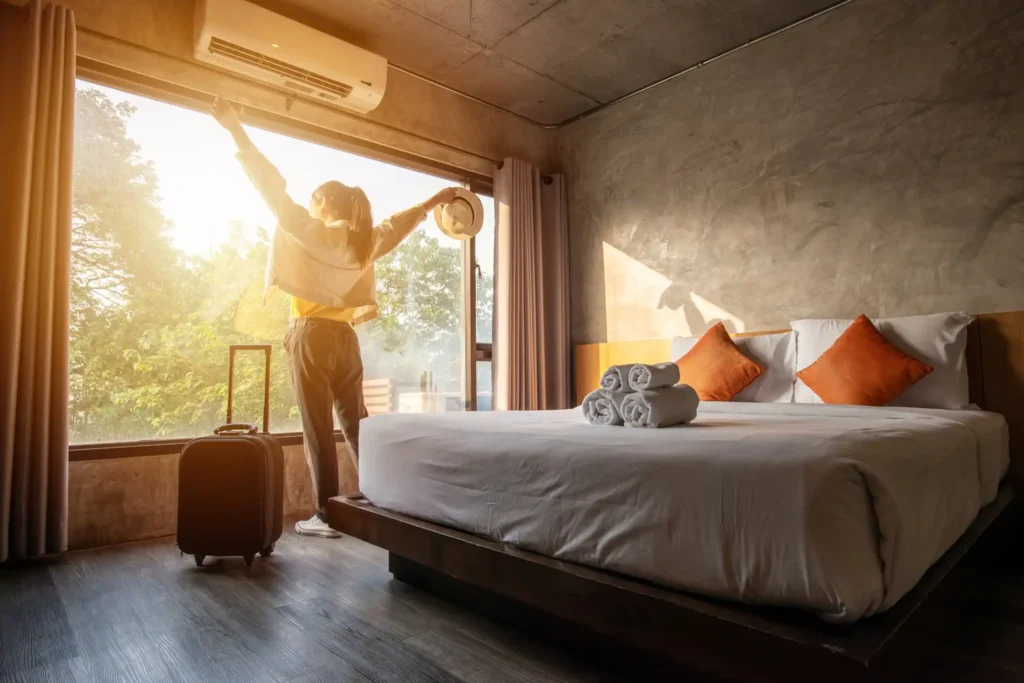
If you’re the type who finds joy in smaller, character-filled places over chain hotels, Iran’s packed with them. Traditional houses with inner courtyards, colored glass windows, and tiled walls offer more than just a bed. They tell a story.
Independent travelers and budget-conscious travelers will especially appreciate these kinds of stays. You can even find homestays or places where locals open their homes to visitors—a very real part of Iranian culture, where hospitality is a big deal.
Eat Like a Local (And Save)
Street food stalls in Iran aren’t just cheap—they’re delicious. And varied. From kebabs to ash reshteh (a kind of thick noodle soup), to falafel in the southern cities… every region has its flavor. You’ll find international cuisine in big cities, sure, but Persian cuisine is where it’s at.
Plus, traditional dishes in local eateries or tea houses come at a reasonable price. You might sit cross-legged in a carpeted room, sipping black tea and listening to Persian poets’ verses playing quietly in the background. It’s not fancy, but it sticks with you.
5 Cheapest Cities to Visit in Iran (That Are Still Totally Worth It)
1. Yazd
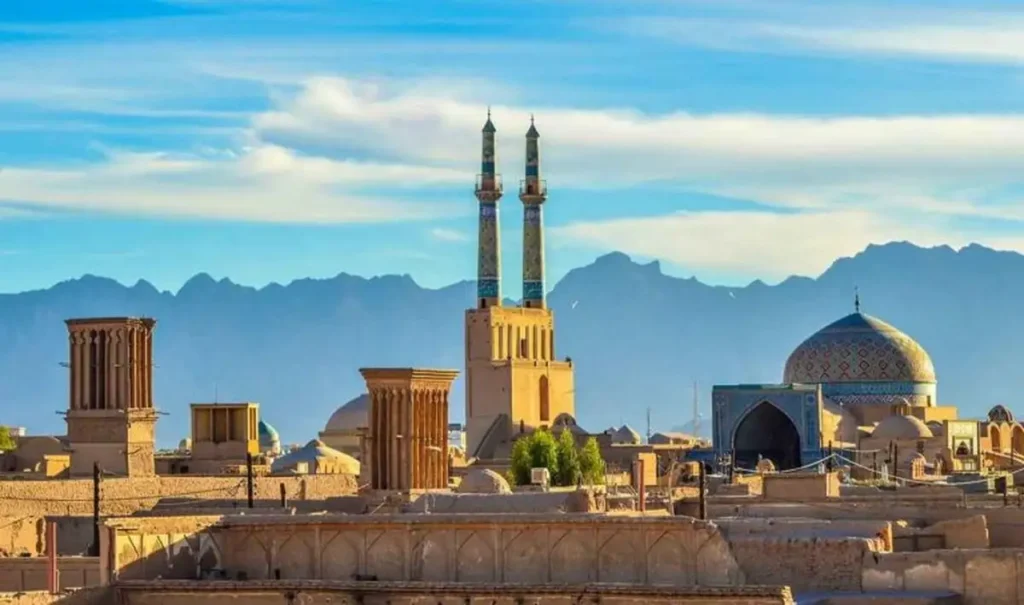
Why it’s cheap:
Yazd is one of those places that feels forgotten by time… in a good way. It’s small, relaxed, and deeply traditional. The desert surroundings, mud-brick buildings, and Zoroastrian heritage sites make it fascinating without being flashy. Fewer crowds mean lower prices — especially for accommodation and food.
Best time to visit:
Mid-March to late April or October to early November (spring and autumn are cooler and calmer)
Total budget for 3 days:
Around $75–$120
Includes cheaper accommodations (as low as $12–$15 per night), affordable meals under $5, and public transport or shared rides.
2. Shiraz
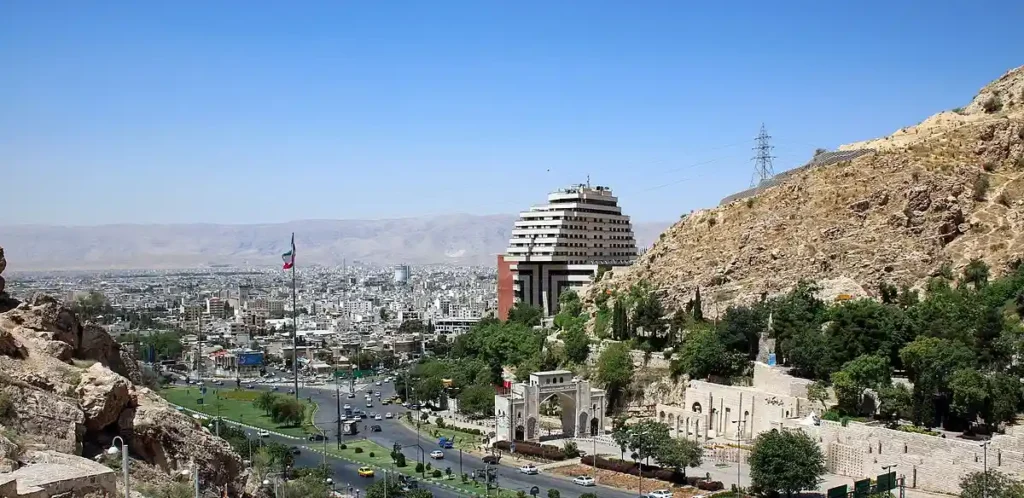
Why it’s cheap:
Despite being packed with beautiful mosques, gardens, and poetic vibes, Shiraz remains surprisingly affordable. Maybe because it’s slightly overshadowed by Isfahan and Tehran… but that just works in your favor. Street food stalls are everywhere, and budget guesthouses or traditional homes often cost less than $20 per night.
Best time to visit:
April to early May (when the city’s full of blooming orange blossoms) or October
Total budget for 3 days:
Roughly $90–$130
That covers a basic guesthouse, public transportation, cheap entry fees for cultural sites like Vakil Mosque and Eram Garden, and food — lots of food.
3. Kerman

Why it’s cheap:
Not many international travelers add Kerman to their list, which is a shame… but also your gain. It’s a launchpad for adventure by desert (like Kaluts), yet daily costs are super low. Plus, public transportation from major cities is cheap, and the markets here feel extra authentic.
Best time to visit:
October to mid-November or March to April (before it gets too hot)
Total budget for 3 days:
Around $70–$110
Includes basic stays, public buses, and guided desert trips (if you join a small group). Street food is everywhere, and it’s all affordable.
4. Tabriz
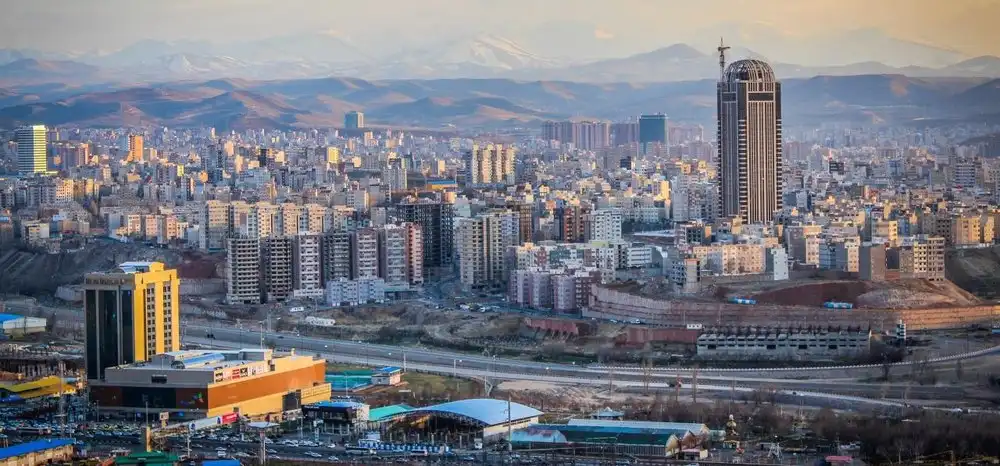
Why it’s cheap:
Closer to Turkey and Armenia, Tabriz has a different vibe from southern cities — a bit cooler, a bit quieter, and still steeped in history. You’ll find a traditional bazaar that’s actually a UNESCO World Heritage Site… and hardly anyone pushing you to buy things. Accommodation prices here tend to be lower, even for mid-range spots.
Best time to visit:
Late spring (May–June) or early autumn (September)
Total budget for 3 days:
Approximately $80–$125
Accommodation prices vary, but it’s possible to stay under $20 per night. Entry fees are low, and the cost of food (especially local dishes) is modest.
5. Qeshm Island

Why it’s cheap:
Island getaways don’t have to be expensive. Qeshm, located in the Persian Gulf, feels like its own world — quiet fishing villages, strange geological formations, and zero tourist traps. It’s much cheaper than Kish Island, though it’s a bit harder to get to.
Best time to visit:
Late autumn to early spring (November to March)
Total budget for 3 days:
Around $100–$140
Higher than others because of ferry or flight costs, but once you’re there, everything is super affordable. Guesthouses, seafood meals, and nature tours don’t stretch your wallet.
Must-See Cultural and Historical Sites (Without Breaking the Bank)
Iran isn’t short on UNESCO World Heritage Sites or popular attractions. Many have affordable museum entry fees or entrance fees that are much lower than what you’d expect elsewhere.
Here are a few to consider:
- Golestan Palace in Tehran – a cultural heritage gem right in the capital city.
- Lotfollah Mosque, Imam Mosque, and Aliqapu Palace in Isfahan – each one more intricate than the last.
- Vakil Mosque in Shiraz – maybe less crowded, just as beautiful.
- Jame Mosque and 1000-color mosque – names alone make you curious.
- Aghabozorg Mosque in Kashan – peaceful and grand at the same time.
And then there are the archaeological sites, funerary monuments, natural wonders, and cultural sites that are scattered across the country—many of them far more accessible, cost-wise, than similar spots in other parts of the Middle East.
The Beauty of Rural Life and Traditional Culture
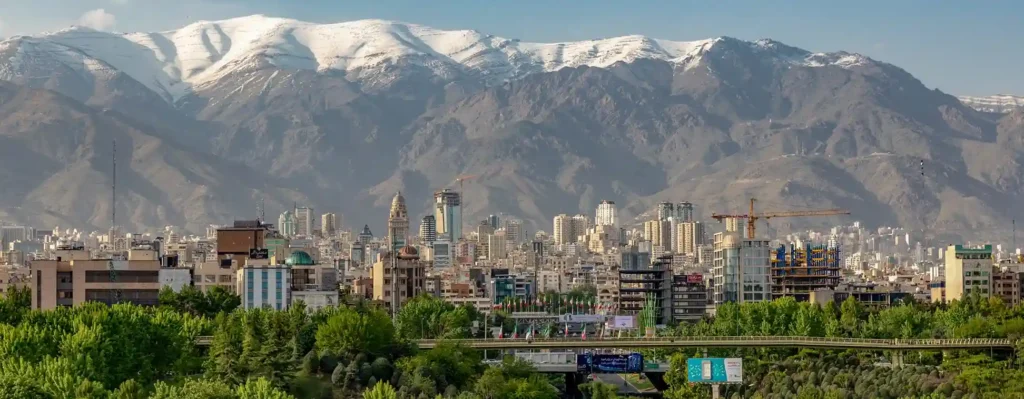
If you want to stretch your budget and deepen your experience, step outside the big cities. Iran’s rural areas are filled with traditional life that’s slower, quieter, and often more welcoming.
You might be invited into someone’s home for tea. Or stay overnight in a village surrounded by pistachio trees and dirt roads. No official travel guide will capture those moments. They’re personal.
A Quick Word on Visas and Practical Stuff
Most travelers will need a visa in advance, although Iran’s made it easier recently, with platforms like 1stQuest offering visa services.
You can get a visa on arrival in some cases, but check first—rules can shift. Also, travel insurance is often required, and again, bring cash. Foreign cards won’t work. Not even for hotel prices or full-day city tours booked through a travel agency.
Oh, and pack a few basic Persian phrases. Even if you just say “salaam” or “merci,” it goes a long way.
Adventure Awaits (On a Budget)
Adventure holidays don’t have to mean high costs. Iran’s desert landscapes offer sandboarding, camel rides, and long, open roads for those chasing silence and stars. Qeshm Island and Kish Island in the south are among the best place options for coral coasts and a slower pace.
For adventure lovers and slow travel seekers, this is a place to linger. You won’t be rushed out. Time bends a bit.
Money-Saving Tips That Actually Work
- Travel in shoulder seasons (spring or autumn) for better prices and cooler weather.
- Use public parks for rest or even short naps—locals do it all the time.
- Skip luxury hotels. Try hostels or guesthouses with shared spaces.
- Share rides with other travelers. Or take night buses to save on a night’s stay.
- Ask locals where to eat. They know the spots that don’t show up on Google.
Final Thoughts
Cheap tourism in Iran isn’t about cutting corners. It’s about seeing value where others might not look. It’s discovering that a country rich in cultural heritage, warm in hospitality, and vast in landscapes doesn’t have to cost a fortune.
Sometimes the most memorable experience isn’t in the polished itinerary, but in a shared cup of tea with someone who barely speaks your language. And that’s more than just affordable. That’s rare.
frequently asked questions
1. Is Iran really that cheap to travel in?
Yeah, surprisingly so. Accommodation prices, food, and transportation all come at a very reasonable price, especially compared to Western cities.
2. Can I use my credit card in Iran?
Nope. Foreign cards don’t work. Bring cash and exchange it once you arrive.
3. What’s the best way to get around Iran on a budget?
Public transportation—buses, trains, and even the Tehran metro. It’s cheap and reliable.
4. Are domestic flights worth it?
If you’re short on time, yes. Book early for better rates.
5. What kind of accommodation is available for budget travelers?
Everything from hostels to traditional houses. You’ll find a wide range of options suitable for any budget.
6. Are cultural sites expensive to visit?
Not really. Entrance fees to even major UNESCO sites are often very affordable.
7. Do I need a visa before arriving?
In many cases, yes. Though visa on arrival is possible for some nationalities. Check ahead.
8. Is Iran safe for independent travelers?
Yes, generally very safe. Especially for those who respect local customs and stay aware.
9. What about food? Is it cheap and good?
Absolutely. Street food and traditional dishes are both affordable and tasty.
10. Any hidden costs I should expect?
Just remember to factor in visa fees, travel insurance, and museum entry fees. But nothing outrageous.

